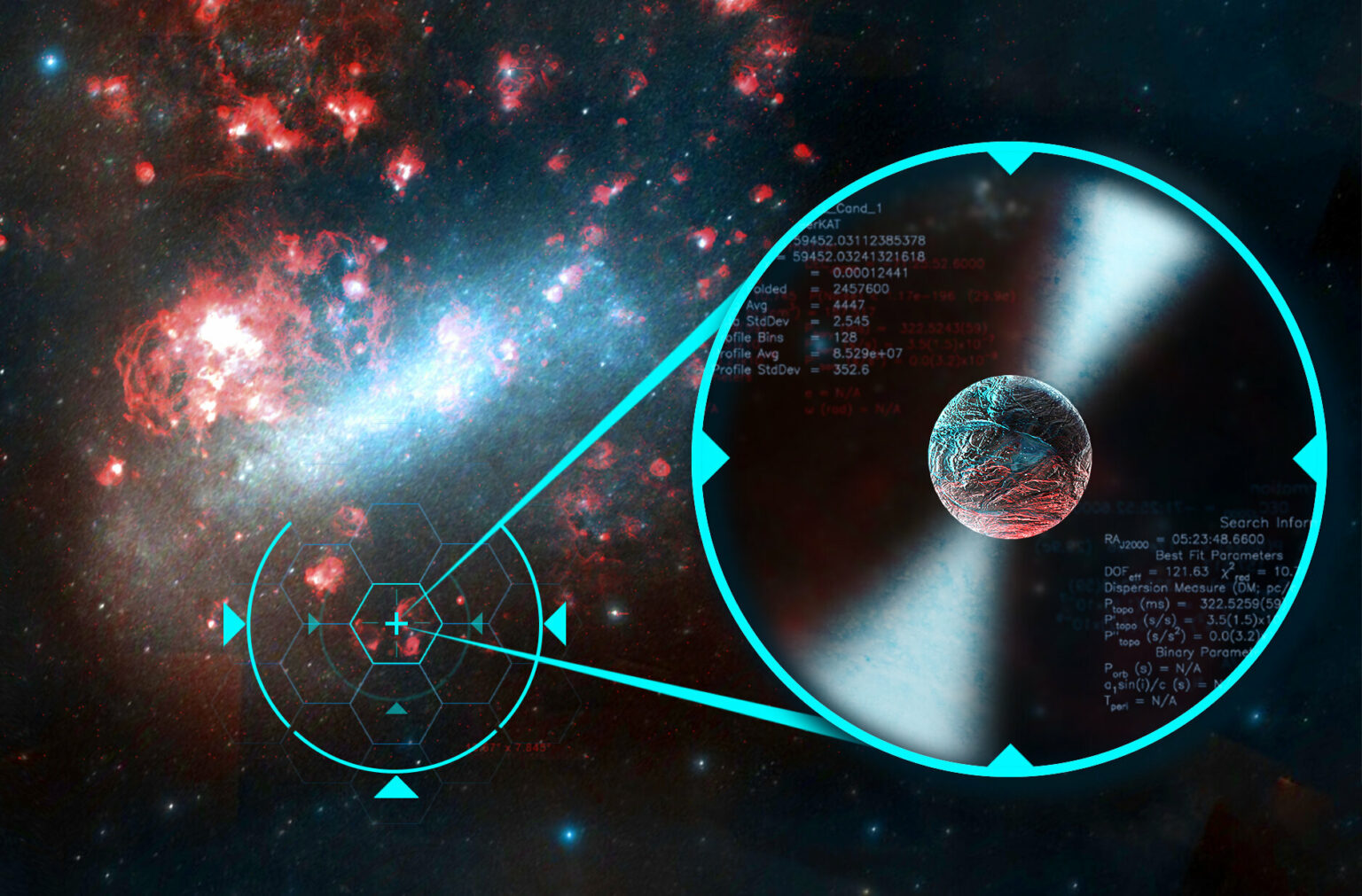When radiation from a neutron star passes through the interstellar plasma, it “twinkles”. Scientists investigated this phenomenon for pulsar J1603-7202 and learned a lot about it and the surrounding space.

Scientists investigate pulsar twinkling
Pulsars are the remnants of a supernova explosion, emitted mainly in the radio range. Their signal is periodic. But when a cloud of interstellar plasma meets on its way, radio waves interact with it and an interference pattern of individual bands of intense radiation arises.
Since both the Earth, the plasma, and the pulsar itself are moving, the interference pattern changes. Something similar to pulsar twinkling is observed. If you process the signal using a program, you can get amazing pictures in the form of parabolas. They are called scintillation arcs.
They were the ones scientists decided to investigate for the pulsar J1603-7202. Since 2006, a significant scattering of the signal in the interstellar plasma has been observed for it. At the same time, the sources of this substance and even the distance to it, scientists did not know for sure.
Results of the study
The peculiarity of the pulsar J1603-7202 is that it rotates in tandem with another object, which, apparently, is a white dwarf. Because of this, changes in its scintillation bands are caused not only by the movement of the plasma, but also by the movement of the neutron star itself in orbit.
At the same time, we do not know the parameters of this orbit, since the pulsar does not pass through the disk of the star. But the speed of movement in the plasma cloud is constant. And the Earth’s motion in orbit is not difficult to take into account. All changes in scintillation arcs should be caused by the fact that the pulsar is moving in orbit and its speed is changing.
Based on this, it is not difficult to calculate the orbit of a neutron star, and where the plasma that causes the pulsar to twinkle is actually located. It turned out that the distance to it is three-quarters of the distance to the object itself. Vision was not detected in the specified area of space, so the source of this substance remained a mystery.
Rare White Dwarf
But many scientists were able to learn about the companion J1603-7202. Apparently, they are in an almost circular orbit. Based on this, its mass was deducted. It is about half the mass of the Sun.
From this, scientists concluded that this is not an ordinary helium, but a rarer oxygen-carbon white dwarf. Such objects have a very interesting mechanism of transformation into other objects. And paired with a neutron star, they are generally very rare.
According to phys.org
Follow us on Twitter to get the most interesting space news in time
https://twitter.com/ust_magazine
